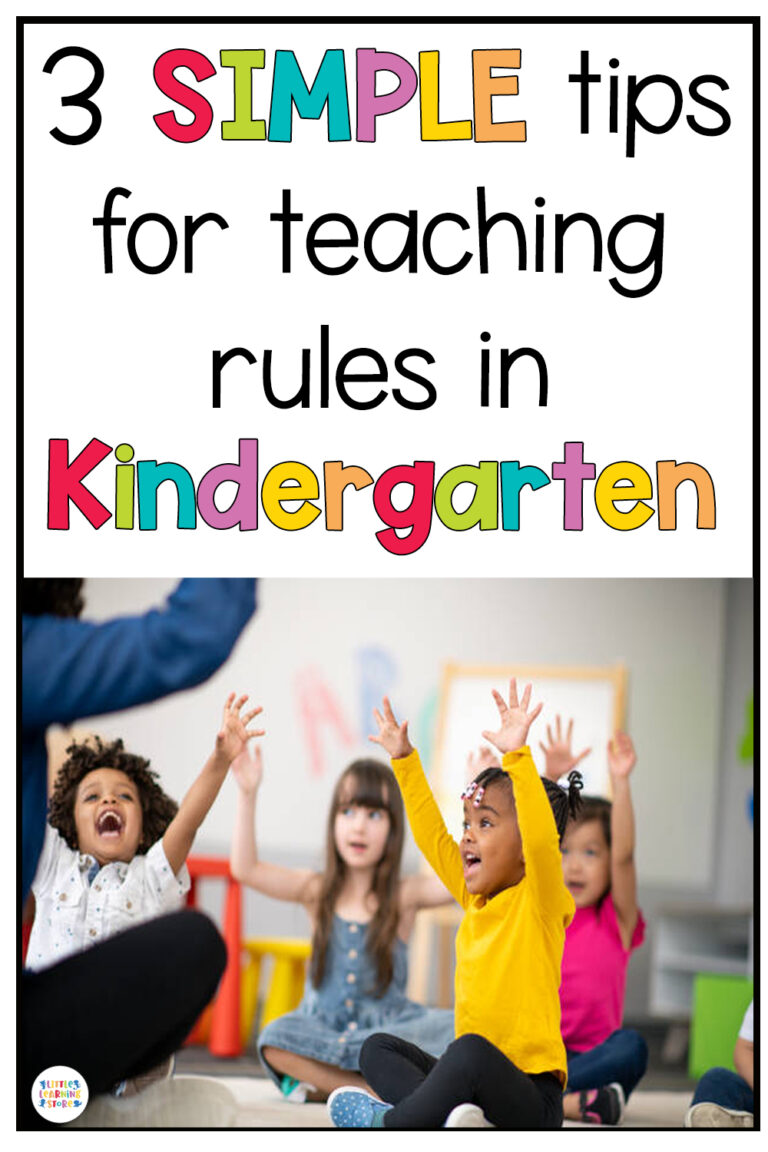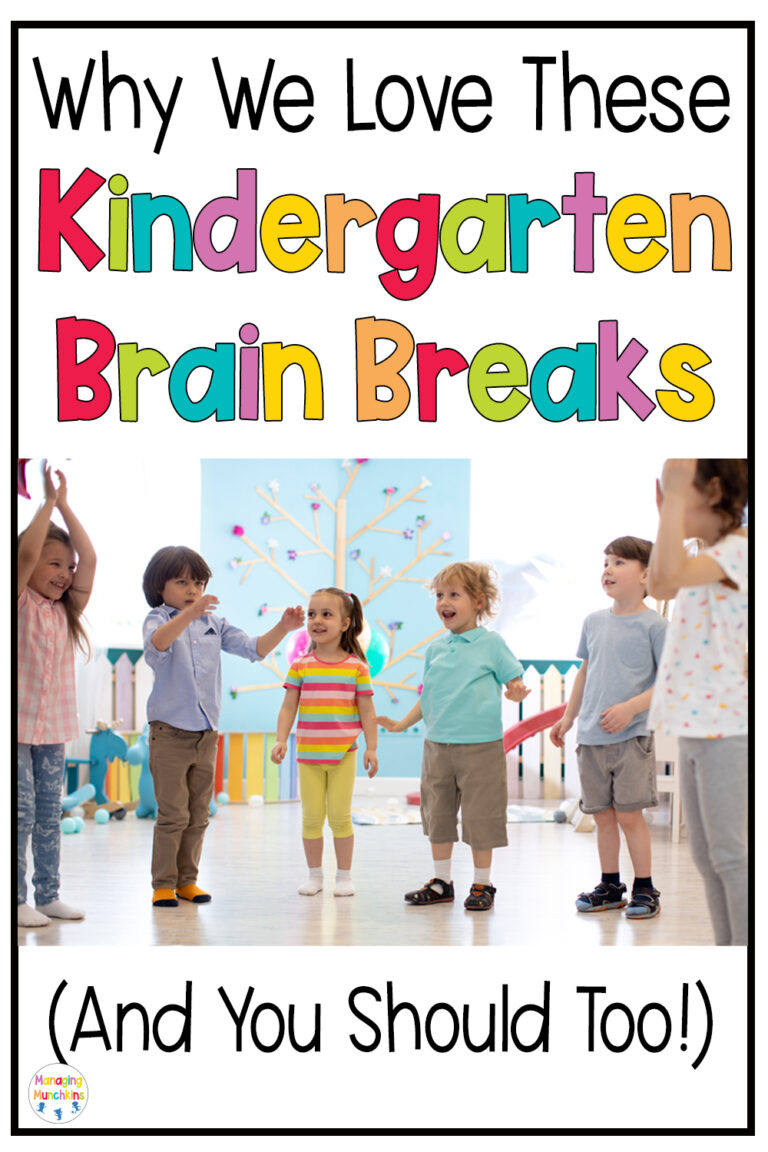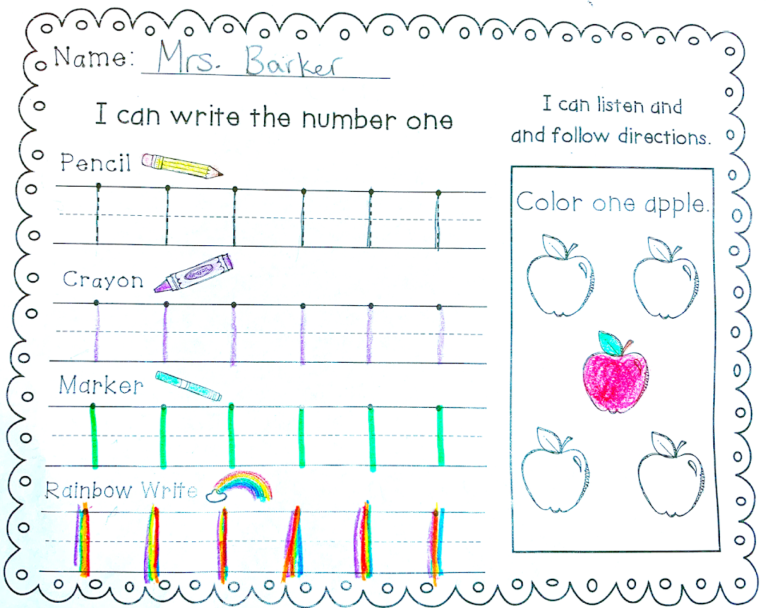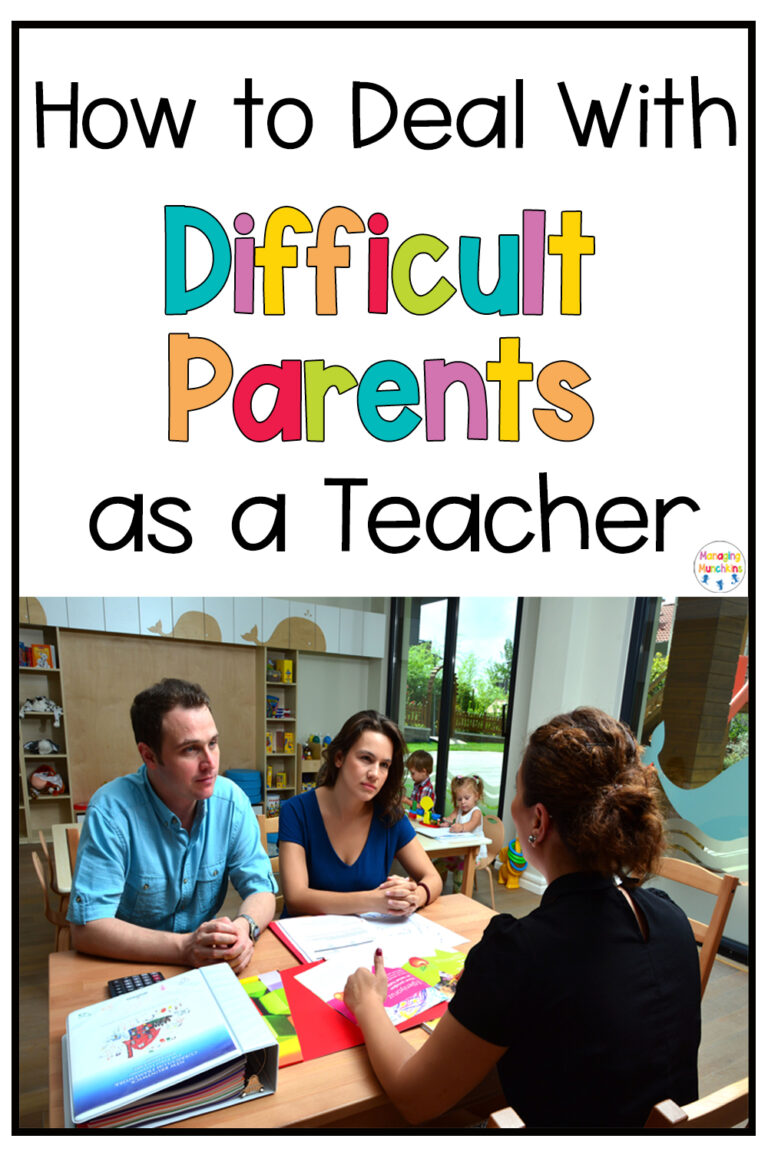Expert Strategies to Handling a Chatty Class
Do you ever find yourself in front of a classroom filled with chatter? As teachers, we know that managing a chatty class can be a challenge, but what if we could turn that chattiness into an opportunity for learning? I’m Katherine Barker, and today I’m excited to share some strategies for navigating the world of the chatty classroom.
Understanding the Nature of Chattiness
First things first, let’s acknowledge that chattiness is a natural part of childhood development. Kids are curious, social beings with a lot to say, and that’s a good thing! However, when classroom chatter starts to escalate, it’s essential to have strategies in place to keep the focus on learning.
Expert Strategies for Handling a Chatty Class

Setting Expectations and Boundaries
One key strategy is setting clear boundaries. It’s important for students to understand when it’s appropriate to talk and when it’s time to listen. For example, during whole group lessons, emphasize that it’s time to listen to the teacher, while during small group or center time, they can engage in discussions with their peers.
Incorporating Talking Activities
Rather than viewing chattiness as a disruption, embrace it as an opportunity for learning. Incorporate activities that encourage conversation and collaboration. Think-pair-share exercises, show and tell sessions, and circle discussions are all great ways to harness students’ natural inclination to talk while keeping the focus on educational objectives.
Empowering Student Voice
Encouraging students to share their thoughts and experiences fosters a sense of ownership over their learning. Whether it’s discussing their favorite season or sharing weekend adventures, providing opportunities for students to express themselves promotes communication skills and builds classroom community.
Utilizing Call-and-Response and Brain Breaks
To maintain engagement and manage energy levels, incorporate call-and-response activities and brain breaks throughout the day. These short, interactive breaks not only give students a chance to move and stretch but also help refocus their attention when needed.
Conclusion: Embracing the Chatty Classroom
In conclusion, a chatty classroom doesn’t have to be a barrier to learning; it can be a valuable asset when approached with the right strategies. By setting clear expectations, incorporating talking activities, and empowering student voice, teachers can create a dynamic learning environment where conversation is not only welcomed but encouraged.
So, the next time you find yourself facing a room full of eager chatterboxes, remember to embrace the opportunity for learning and discovery. After all, a little conversation can go a long way in fostering a love for learning in our students.
Happy teaching!






